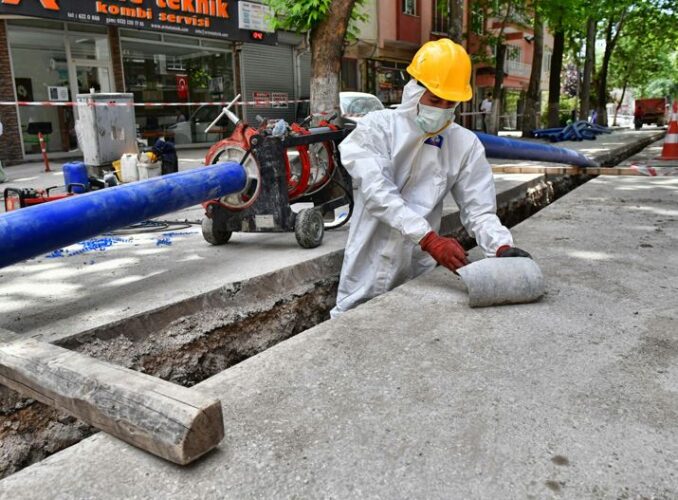Asbestos refers to a group of naturally occurring mineral fibres that were once widely used in construction, manufacturing, and other industries due to their excellent heat resistance and durability. It was commonly found in building materials such as insulation, roofing shingles, floor tiles, and even in car parts.
Now, let’s talk about the less favourable aspects of this ‘miracle’ substance. When materials containing asbestos are damaged or disturbed, minuscule fibres are emitted into the air. Inhaling these fibres can lead to severe health complications like lung cancer, mesothelioma, and asbestosis. What adds to the concern is that symptoms of diseases related to asbestos often manifest years or even decades after exposure, rendering it a concealed and imperceptible menace. So what do you do if you think you’ve disturbed asbestos? Keep reading.
Where can Asbestos be found?
Asbestos lurks in materials like insulation, roofing, and flooring. Additionally, asbestos may be present in older constructions, such as homes and buildings erected before its health risks became widely acknowledged. This specially makes workers such as construction workers an obvious target for exposure. It is imperative to exercise caution when dealing with these materials, as any disruption can potentially release hazardous fibres into the air, contributing to the latent threat associated with asbestos exposure.
So, the question is, what do you do if you come across asbestos and disturb it.
Stop work immediately! We cannot stress this answer enough. Asbestos is only a danger when disturbed as small, microscopic fibres get released into the air making human air passages susceptible for consumption.
We are going to list all the steps you need to do if you think you have disturbed asbestos.
Prevent Unauthorized Entry:
To safeguard against potential contamination people in charge must prohibit entry into the affected area. Disturbing the area may release fibres into the air passages, posing a risk to individuals.
Evacuation Procedure:
Ensure the immediate evacuation of all personnel from the affected area to a location isolated from others, preferably outdoors. Secure the perimeter with warning signs if possible.
Contamination Assessment:
Conduct a thorough check of employees in the affected area for any visible signs of dust or debris on their persons or clothing.
If contamination is suspected, take necessary measures, such as removing clothing or the top layer of clothing. Place the items in a plastic bag. If disposable overalls are available, use them. Alternatively, wipe down contaminated clothing with wet wipes or a damp rag.
Notification Process:
Promptly notify the employer or client of the situation. Depending on the nature of the contamination, clients and/or employers must coordinate a cleanup. If asbestos is confirmed, document the incident in personnel files.
Sampling for Identification:
Collect bulk samples from the release or fall and swab samples from clothing for identification by a competent person. This must not be done by a regular worker or someone without the qualifications of someone trained in this field as this would pose a danger to both the individual and the people in the surrounding area.
Await Further Instructions:
Wait outside the property for further advice. Be mindful of your movements; avoid sitting in a vehicle and stay away from others until guidance is obtained.
The client or employer should contact a specialist for expert advice on the appropriate course of action.

